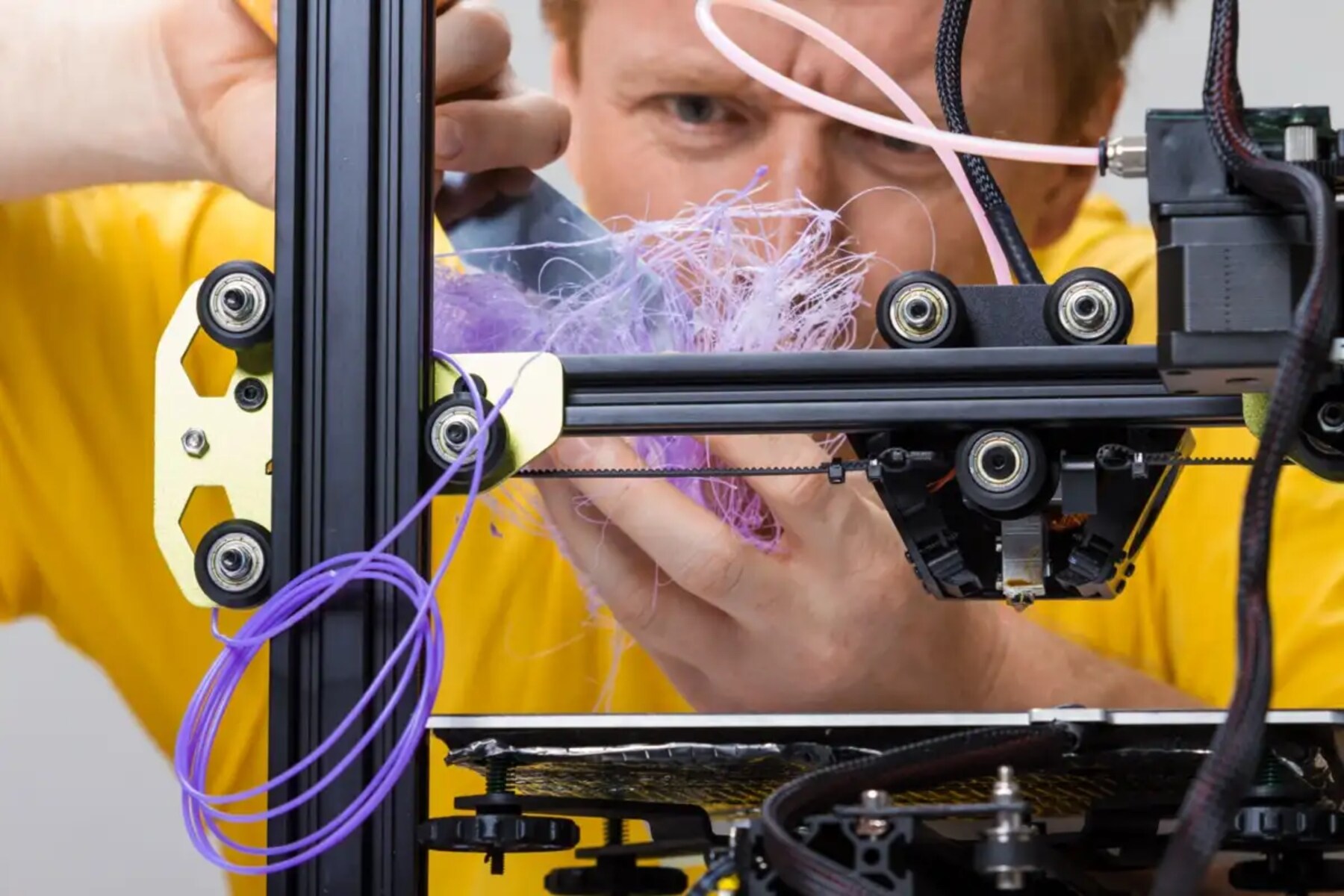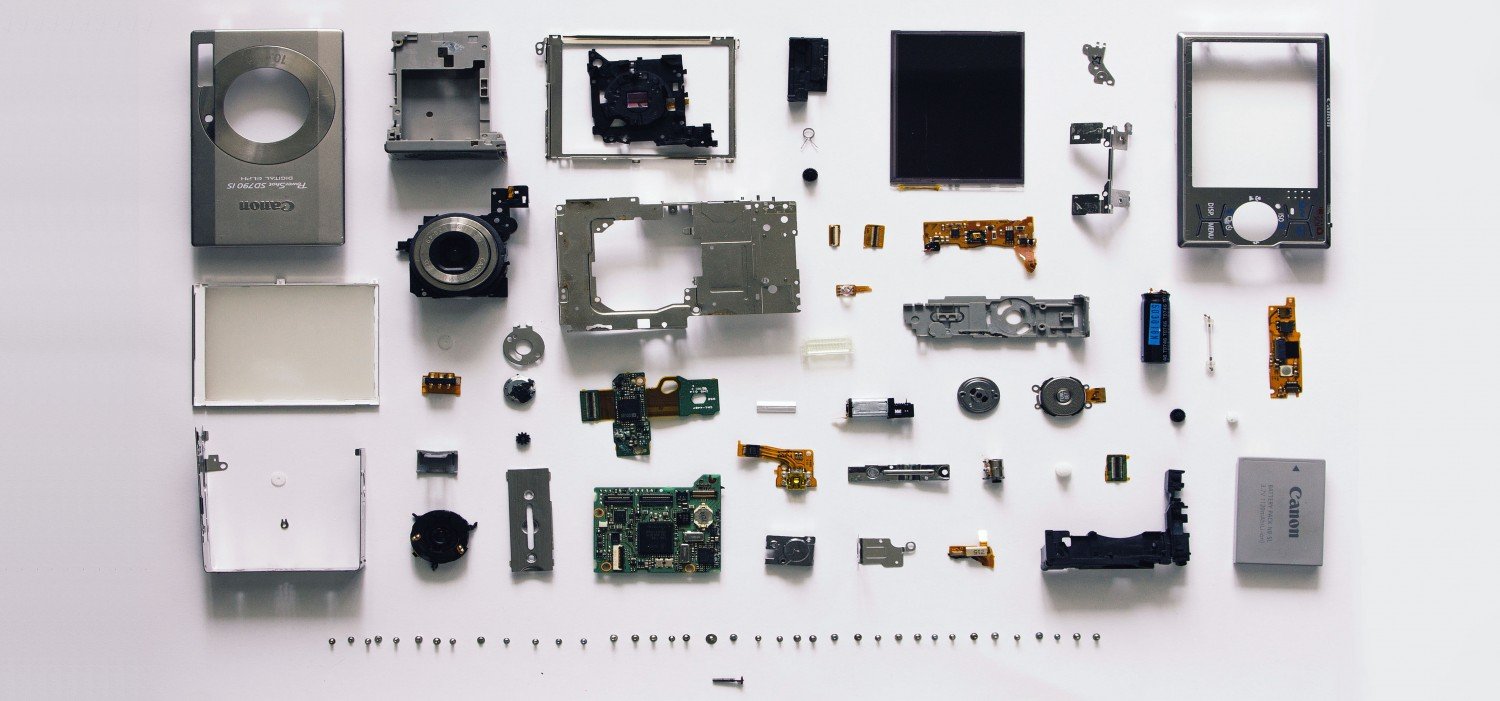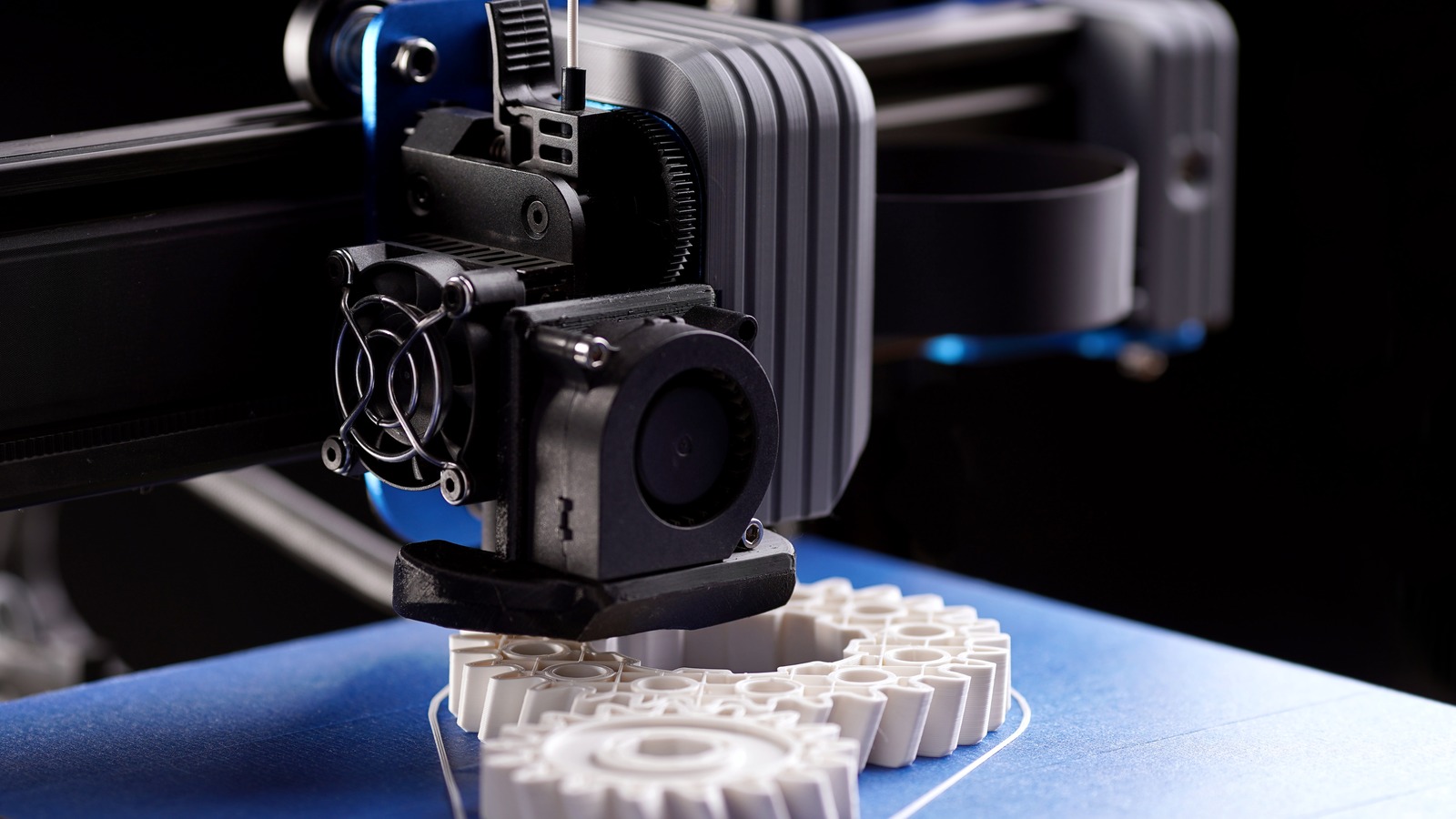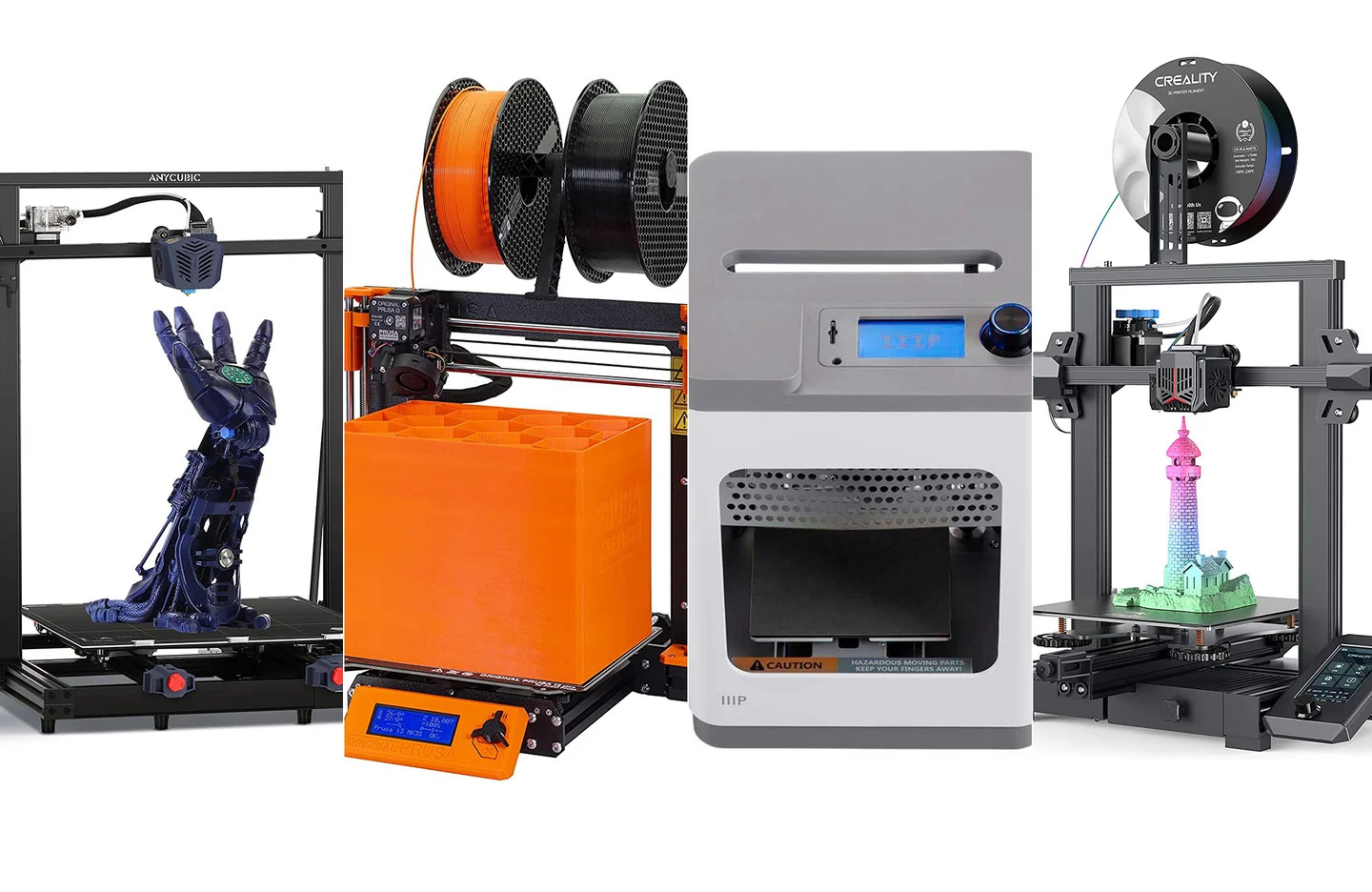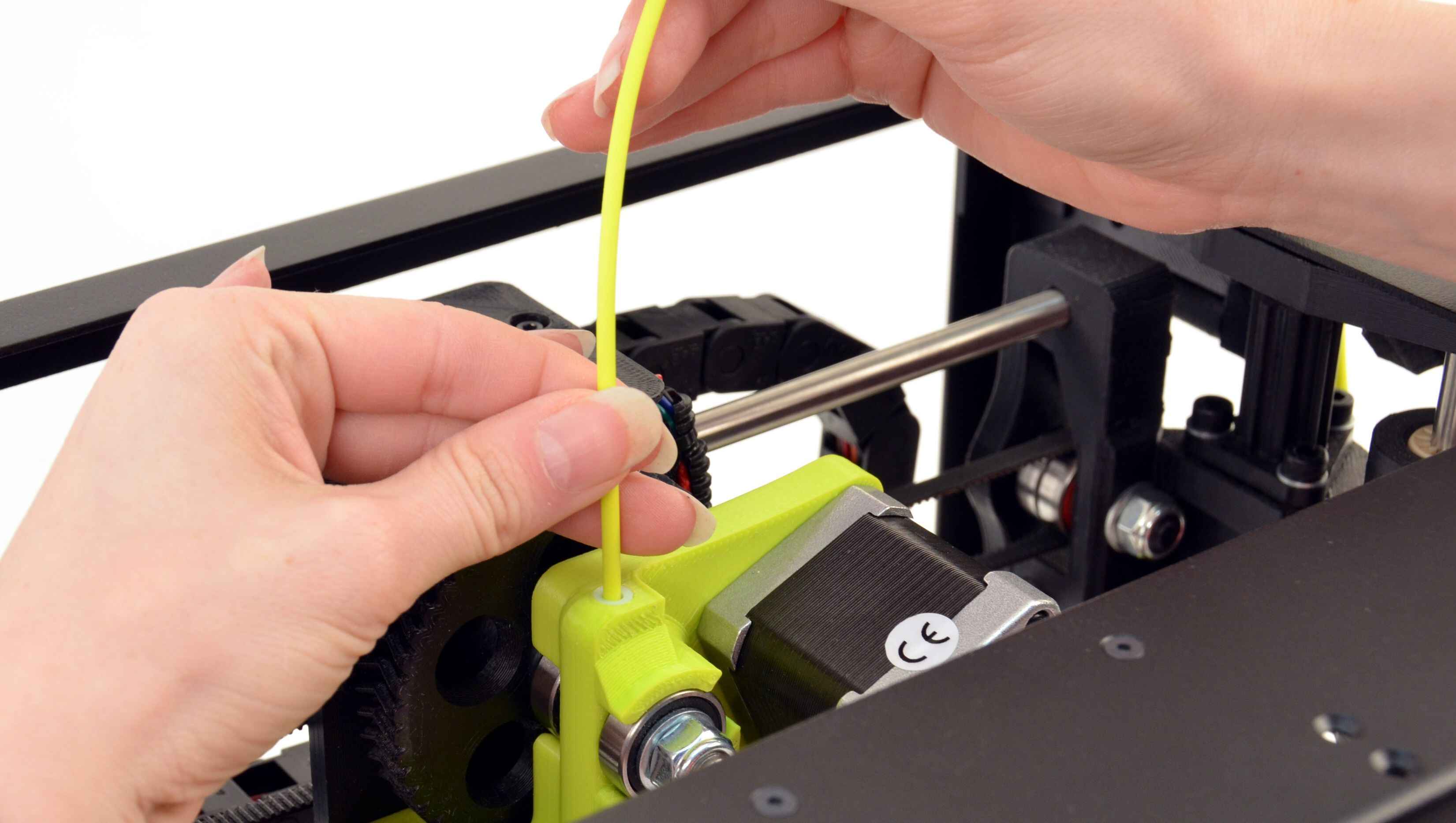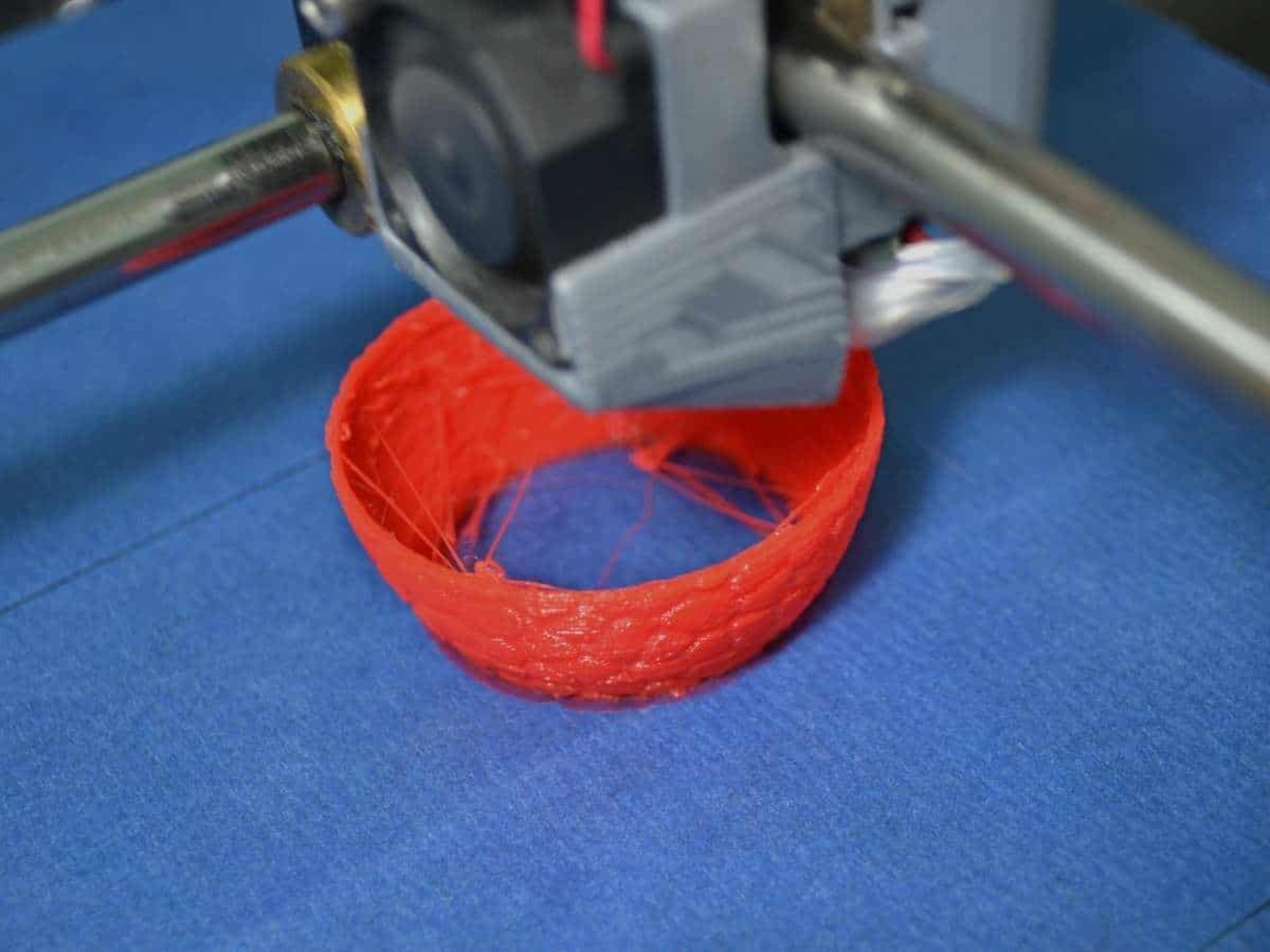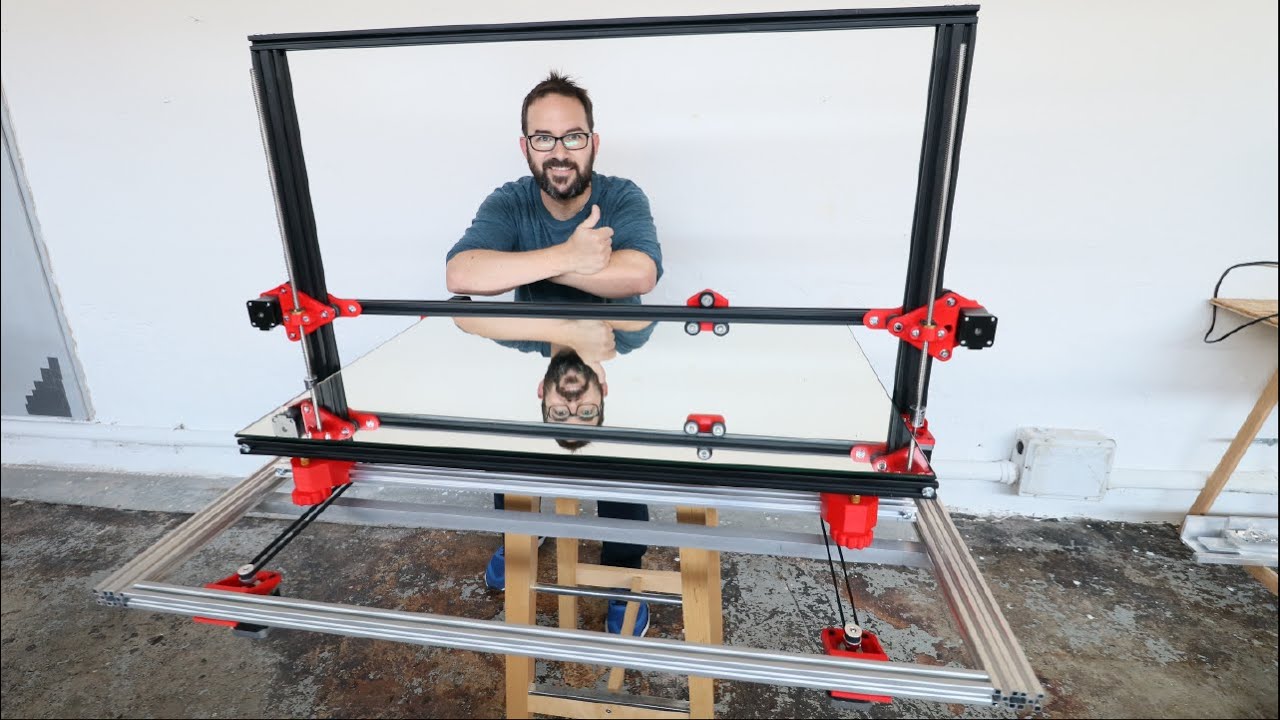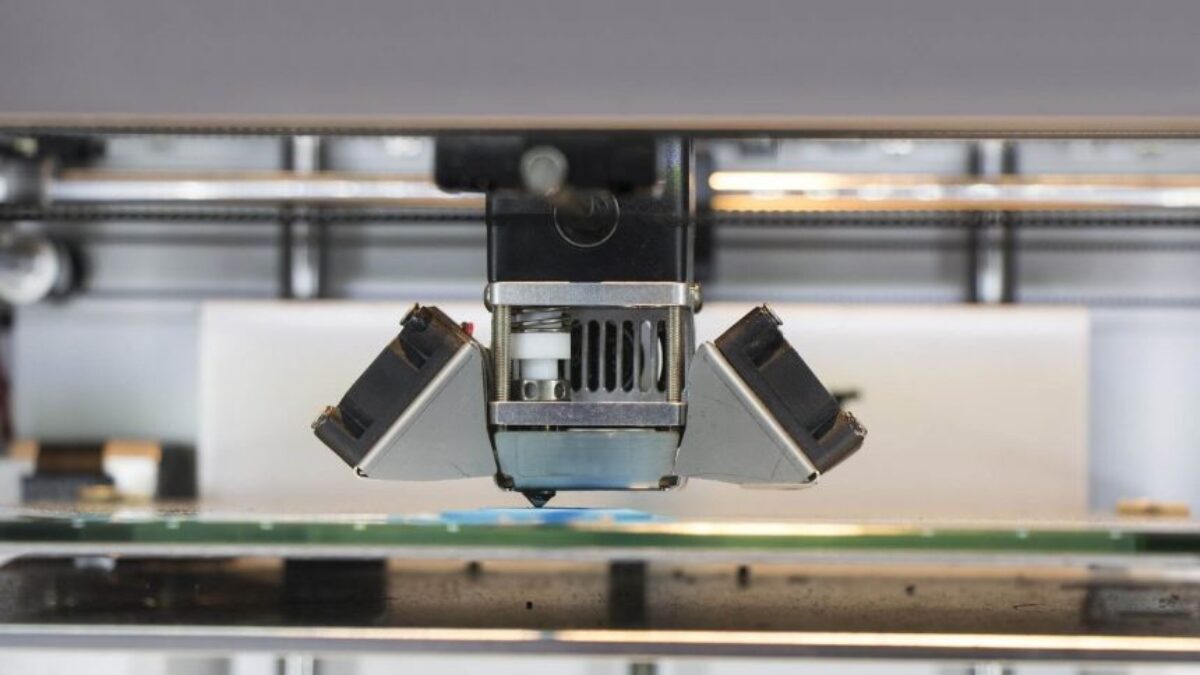Introduction
Welcome to our comprehensive guide on how to clean a 3D printer hot end. 3D printers are innovative machines that have revolutionized the world of manufacturing and prototyping. The hot end is a crucial component of a 3D printer, responsible for melting and extruding filament to create intricate and detailed prints. However, over time, the hot end can become clogged with debris, old filament, and other contaminants, leading to decreased print quality and potential damage to the printer.
Cleaning the hot end regularly is essential to maintain optimal performance and ensure consistent, high-quality prints. In this guide, we will walk you through the step-by-step process of cleaning your 3D printer hot end, from gathering the necessary tools and materials to troubleshooting common issues that may arise along the way.
Whether you are a seasoned 3D printing enthusiast or a beginner looking to learn the ropes, this guide will provide you with the knowledge and techniques to keep your 3D printer hot end in excellent condition. So, let’s dive in and discover the secrets to effectively and efficiently clean your 3D printer hot end.
Why Cleaning the Hot End is Important
The hot end of a 3D printer plays a critical role in the printing process. It is responsible for heating and melting the filament, allowing it to be extruded through the nozzle and deposited layer by layer to create the desired object. Over time, however, the hot end can accumulate residues from previous prints, such as molten plastic, dust, and other contaminants.
Regularly cleaning the hot end is crucial for several reasons:
- Maintaining Print Quality: A clean hot end ensures smooth and consistent filament flow, preventing blockages and reducing the chances of failed or flawed prints. The accumulation of debris can lead to inconsistent extrusion, resulting in uneven layers and poor print resolution.
- Preventing Clogs: A clogged hot end can cause significant printing issues, such as filament jams and nozzle clogs. Cleaning the hot end eliminates any obstructions and ensures proper filament flow, minimizing the risk of clogs and enhancing the reliability of your 3D printing process.
- Extending Nozzle Lifespan: The nozzle is a crucial component of the hot end and is prone to wear and tear over time. By keeping the hot end clean, you can prevent the buildup of filament residues that can cause nozzle blockages or damage. This helps to extend the lifespan of your nozzle, saving you from frequent replacements.
- Preventing Extruder Motor Overheating: A clogged hot end can put additional strain on the extruder motor as it works harder to push filament through the blockage. This can lead to overheating of the motor, which can result in reduced performance and even long-term damage to the printer. Regular cleaning ensures proper filament flow, reducing the risk of motor overheating.
- Prolonging the Printer’s Overall Lifespan: By taking the time to clean your hot end regularly, you are effectively maintaining the overall health of your 3D printer. Preventing blockages, improving filament flow, and avoiding excess strain on the motor can help extend the lifespan of your printer, saving you money in the long run.
As you can see, cleaning the hot end of your 3D printer is not just about maintaining print quality; it is essential for the longevity and performance of the entire machine. By incorporating regular hot end cleaning into your 3D printing maintenance routine, you can enjoy reliable and high-quality prints for years to come.
Tools and Materials Needed
Before diving into the process of cleaning your 3D printer hot end, it’s important to gather all the necessary tools and materials. Having these items on hand will ensure a smooth and efficient cleaning experience. Here are the essential tools and materials you will need:
- Hex wrenches or screwdrivers: These tools are essential for disassembling the hot end and removing components for thorough cleaning.
- Cleaning filament: A dedicated cleaning filament is designed to remove any residual filament or debris from the hot end. It’s important to use a proper cleaning filament suitable for your printer’s nozzle size.
- Needle or cleaning brush: A small needle or cleaning brush is useful for manually removing any stubborn residue from the nozzle or other hot end components.
- Isopropyl alcohol: Isopropyl alcohol (or IPA) is an effective solvent for dissolving and cleaning away filament residues. It’s commonly used for cleaning various 3D printer parts, including the hot end.
- Paper towels or lint-free cloths: These are necessary for wiping down components, drying them after cleaning, and absorbing any excess cleaning solutions.
- Safety gloves and goggles: While not directly related to cleaning tools, it’s always a good practice to wear safety gloves and goggles to protect your hands and eyes from any cleaning chemicals or sharp edges.
Always refer to your specific printer model’s documentation for any additional tools or materials that may be required for cleaning the hot end. It’s essential to use the correct tools and follow proper procedures to avoid any damage to your printer or injury to yourself.
Now that you have gathered all the necessary tools and materials, you are ready to move on to the next step: the step-by-step guide to cleaning your 3D printer hot end.
Step-by-Step Guide to Cleaning the Hot End
Cleaning the hot end of your 3D printer may seem like a daunting task, but with the right approach and precautions, it can be a straightforward process. Follow these step-by-step instructions to effectively clean your hot end:
- Prepare your printer: Begin by turning off and unplugging your 3D printer. This will ensure your safety during the cleaning process.
- Heat up the hot end: Follow your printer’s instructions to heat up the hot end to the recommended cleaning temperature. This temperature may vary depending on the type of filament you most commonly use. Heating up the hot end softens any residual filament and makes it easier to remove.
- Disconnect the filament: Gently pull out the current filament from the hot end. Dispose of it properly if it is old or contaminated.
- Disassemble the hot end: Using the appropriate hex wrench or screwdriver, carefully disassemble the hot end components. This typically includes removing the nozzle, heat block, and sometimes the heat sink. Refer to your printer’s manual for specific disassembly instructions.
- Clean the components: Take each component and use a needle or cleaning brush to remove any visible filament residue. Soak the components in isopropyl alcohol to dissolve any stubborn debris. Use a solvent-compatible container for this step.
- Scrub the nozzle: For the nozzle, utilize a nozzle cleaning brush or dip it in isopropyl alcohol to remove any clogs or buildup. Be careful not to damage the nozzle while cleaning.
- Rinse and dry: Thoroughly rinse all the components with clean isopropyl alcohol to remove any remaining debris or solvent. Use paper towels or lint-free cloths to dry each part completely.
- Reassemble the hot end: Carefully reassemble the hot end components in the reverse order of disassembly. Make sure all parts are secure and tightened to the manufacturer’s specifications.
- Run a cleaning filament: Insert a dedicated cleaning filament into the extruder and follow the manufacturer’s instructions for running a cleaning or purging cycle. This helps clear out any remaining debris from the hot end.
- Test and calibrate: Once the cleaning process is complete, perform a test print to check the functionality of your 3D printer and ensure proper filament flow. If necessary, re-level the bed or adjust other settings for optimal printing performance.
By following these step-by-step instructions, you can effectively clean the hot end of your 3D printer and restore its performance. Remember to always refer to your printer’s manual for specific instructions and safety guidelines.
Troubleshooting Common Issues
While cleaning your 3D printer hot end can help prevent many issues, it’s important to be aware of common problems that may still occur. Here are some troubleshooting tips for common issues you may encounter:
- Filament not extruding: If you notice that filament is not extruding properly or not at all, there may still be a clog in the hot end. Double-check that all components are clean and properly reassembled. You can also try running a cleaning filament or manually clearing any remaining blockages with a needle or cleaning brush.
- Uneven layers or rough prints: Inconsistent extrusion or partial clogs can result in uneven layers or rough prints. Ensure that the nozzle is clean and properly aligned. Check that your filament diameter settings and temperature are accurate. If the problem persists, fine-tuning your printer’s calibration may be necessary.
- Excessive stringing or oozing: Stringing or oozing occurs when filament continues to flow even when it shouldn’t, resulting in unwanted strands between features in your print. This can be caused by excessive retraction settings or improper cooling. Adjusting retraction settings and optimizing cooling can help reduce stringing and oozing.
- Noisy or skipping extruder motor: If your extruder motor is making abnormal noises or skipping steps, it may be due to excessive friction or tension caused by a clogged hot end. Make sure the hot end is clean and properly assembled. Check the filament path for any obstructions or tangles. Lubricating the filament path with a dry lubricant spray can also help reduce friction.
- Overheating or burned filament: If you notice that your filament is overheating or burning, it may be a sign of excessive temperature or a partially blocked nozzle. Ensure that your temperature settings are accurate and calibrated for the filament type you are using. Clean the hot end thoroughly to remove any filament residue that may be causing the blockage.
If you encounter any persistent issues or face difficulties troubleshooting on your own, don’t hesitate to consult your printer’s manual or seek assistance from the manufacturer’s customer support. They can provide guidance specific to your printer model and help resolve any technical challenges you may encounter.
Conclusion
Cleaning the hot end of your 3D printer is an essential maintenance task that ensures optimal performance and extends the lifespan of your machine. By following the step-by-step guide outlined in this article, you can effectively remove debris, prevent clogs, and maintain high print quality.
Regularly cleaning your hot end not only improves the reliability of your 3D printing process but also helps to prolong the lifespan of critical components, such as the nozzle and extruder motor. By preventing blockages and reducing friction, you can avoid unnecessary wear and tear, saving you time and money on repairs or replacements.
Remember to gather all the necessary tools and materials before starting the cleaning process. Take the time to disassemble and clean each component carefully, paying special attention to the nozzle and other areas where debris can accumulate. Properly reassembling the hot end is crucial to ensure its functionality.
In the event of any issues or recurring problems, refer to the troubleshooting section for common solutions. Don’t hesitate to reach out to the manufacturer’s support team for further assistance if needed.
By incorporating regular hot end cleaning into your 3D printing maintenance routine, you can enjoy the full potential of your printer, consistently producing high-quality prints with precision and reliability.
Start cleaning your 3D printer hot end today and experience the benefits of a well-maintained and optimized printing process!









